-
About
- About Listly
- Community & Support
- Howto
- Chrome Extension
- Bookmarklet
- WordPress Plugin
- Listly Premium
- Privacy
- Terms
- DMCA Copyright
- © 2010-2025 Boomy Labs


 SAE Australia
SAE Australia
Listly by SAE Australia
Pedagogical Knowledge (PK) – “Teachers’ deep knowledge about the processes and practices or methods of teaching and learning. They encompass, among other things, overall educational purposes, values, and aims. This generic form of knowledge applies to understanding how students learn, general classroom management skills, lesson planning, and student assessment.” (Koehler & Mishra, 2009).
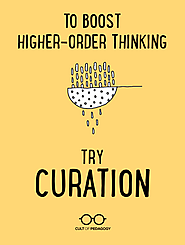
If no one has ever encouraged, pushed, or insisted that you build more higher-order thinking into your students’ learning, it’s possible you’ve been teaching in a cave. Higher-level thinking has been a core value of educators for decades. We learned about it in college. We hear about it in PD. We’re even evaluated on whether we’re cultivating it in our classrooms: Charlotte Danielson’s Framework for Teaching, a widely used instrument to measure teacher effectiveness, describes a distinguished teacher as one whose “lesson activities require high-level student thinking” (Domain 3, Component 3c). All that aside, most teachers would say they want their students to be thinking on higher levels, that if our teaching kept students at the lowest level of Bloom’s Taxonomy—simply recalling information—we wouldn’t be doing a very good job as teachers.
And yet, when it’s time to plan the learning experiences that would have our students operating on higher levels, some of us come up short. We may not have a huge arsenal of ready-to-use, high-level tasks to give our students. Instead, we often default to having students identify and define terms, label things, or answer basic recall questions. It’s what we know. And we have so much content to cover, many of us might feel that there really isn’t time for the higher-level stuff anyway. If this sounds anything like you, I have a suggestion: Try a curation assignment.
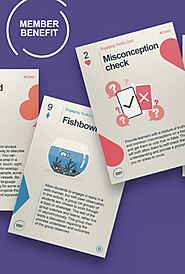
#52etc is a toolkit for colleagues to use, adapt and develop within their teaching practice to enhance student engagement. The toolkit provides a ‘high-impact - low tech’ resource that is readily accessible, practical and specifically directed to enhancing student engagement. #52etc has been specifically developed for any taught environment, whether that is face to face, online or blended.
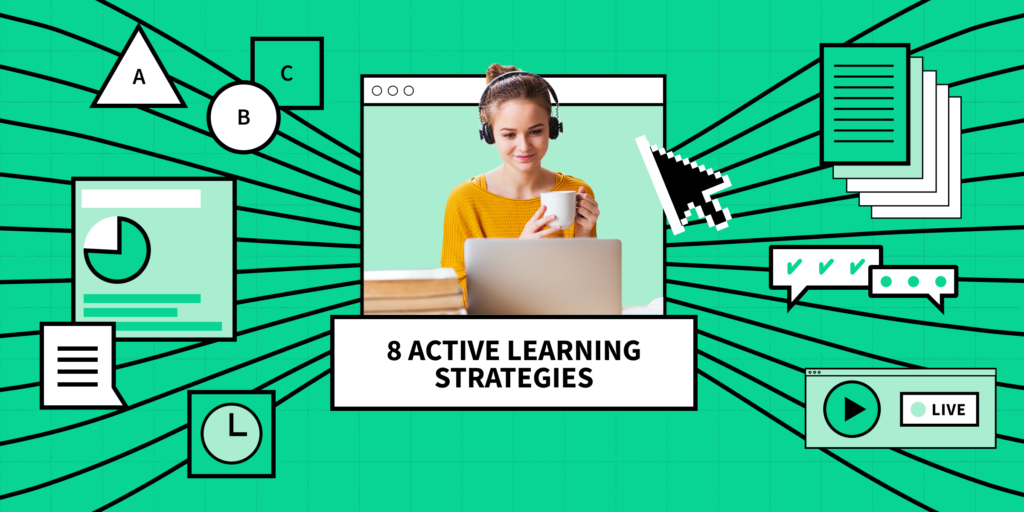
In the physical classroom, active learning involves less time spent lecturing and more time on minute papers, think-pair-share activities, case studies and problem solving. Professors who’ve been forced to embrace synchronous (real-time) or asynchronous (after the fact or self-paced) methods of teaching in a remote environment may be more concerned now with just keeping the semester going than really challenging learners. And while this is understandable given the current, unprecedented academic (and global) climate, maintaining—and even improving—engagement is possible in an online lecture.
Here, we’ll walk you through five tried-and-true active learning techniques and offer tips on how you can employ these strategies while teaching remotely.
Eight examples of active learning in higher education: educators in different fields of study explain how they engage students in active learning.
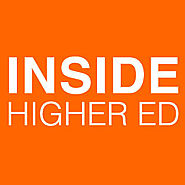
We are often so fixated on online learning’s shortcomings that we slight its unique advantages. Students can have anytime, anywhere access to class materials. We can make a wealth of primary sources and data readily available to students: textual, visual, aural, qualitative and quantitative. We can give all students -- not simply the most talkative and self-confident -- the opportunity to participate and contribute.

Moving your class sessions to a virtual space, such as Zoom video conferencing, brings new opportunities for active learning and student engagement. This resource provides simple strategies that combine active learning principles with online tools so students can encounter and engage with information and ideas, and reflect on their learning.

IDEA is a nonprofit organization dedicated to improving student learning in higher education through analytics, resources, and advice. They have a great instructional video series for higher ed teachers.
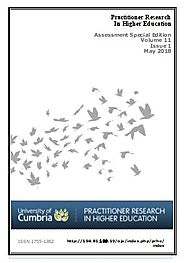
This special issue of Practitioner Research in Higher Education focuses specifically on assessment and
feedback. We know that assessment has a powerful influence on student engagement and learning,
making it an important focus for enhancement activity. We also know, however, that assessment is a
nuanced, complex and contested area of university practice, which makes it a notoriously challenging
one to change. Heightened awareness of the centrality of assessment-related matters, a commitment
to scholarly endeavour and the processes of conducting, sharing and debating diverse approaches and
perspectives are all vital. The two research papers and nine evaluation studies of innovative practice in
this issue provide insight into the ways that many academics are, in various ways, investigating and
enhancing their practice in this important area.

One of the more prevalent buzzwords in education today, project-based learning is a natural fit for the audio engineering classroom. With students that thrive by working toward a common goal or “learning by doing,” this constructivist framework is worth examining as implemented by educators. This paper discusses project-based learning as implemented in an audio engineering classroom to facilitate audio storytelling and provides recommendations for faculty looking to implement project-based learning into their curriculum.
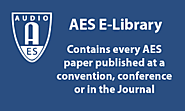
There is a requirement for Music Technology and Audio Engineering students to understand theoretical concepts along with acquiring practical experience in areas covering electroacoustic devices, room acoustics and measurement techniques. Traditionally, room acoustics is taught under an assumption of a high level of mathematical knowledge by the student, however, in this paper, an alternative, integrated practical approach to teaching is presented covering these discipline areas which has led to enhanced cross-curricular skills, improved student experience and increased learner attainment. The aim was to develop students’ higher-level cognitive domain skills through active experiential learning. The students captured room impulse responses and assessed their subjective qualities within a convolution reverb and from an acoustical analysis platform. Results show a general preference to experiential learning and an integrated cross-curricular approach within undergraduate study.
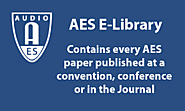
Many students enrolling in audio programs are not fully aware of the importance of science for the audio professional. Typically these students are creative but may have deficiencies in math and science. My goal as an instructor is to minimize the negative associations of these subjects through active lesson plans that stress practical audio situations in a compelling and interactive manner. As a result, students develop confidence through their ability to use science as a tool to both solve audio problems and create expressive art forms. My approaches empower them to succeed in early courses, which facilitate creative applications in later classes. Consequently, students are better prepared for the job force using skills that promote both technical and creative capacities.
This study reviews several of the most commonly used inductive teaching methods, including inquiry learning, problem-based learning, project-based learning, case-based teaching, discovery learning, and just-in-time teaching. The paper defines each method, highlights commonalities and specific differences, and reviews research on the effectiveness of the methods. While the strength of the evidence varies from one method to another, inductive methods are consistently found to be at least equal to, and in general more effective than, traditional deductive methods
for achieving a broad range of learning outcomes.

Active learning is a key aspect of the flipped classroom and can be applied to any learning environment from online to standard lectures or as a blend of these. The aim of active learning is to provide opportunities for learners to think critically about content through a range of activities that help prepare learners for the challenges of professional situations. Therefore it is important to design activities that promote higher order thinking skills such as collaboration, critical thinking and problem-solving. Active learning activities can range from low-stakes (more simple) to high stakes (more complex) activities.

People engage with the Maker Movement in many ways. Some read about it, some attend events, others watch it happen. Yet, gaining real access is simple once the premise of doing-it-yourself is implemented. You can easily join the Maker Movement just by making or modifying something, and even better as Mark Hatch would suggest, is to make something and give it to someone. The process of giving a personally crafted artifact to someone is significantly different from purchasing a gift as it’s tied to emotion and personal transformation (Mark Hatch).

At the Buck Institute for Education (BIE), our highest priority is to help teachers prepare students for successful lives and provide a better education for all students. We do this by showing teachers how to use Project Based Learning in all grade levels and subject areas. Search an array of documents, watch PBL projects in action, and get started with planning tools.
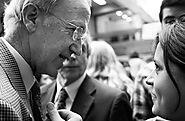
Giving effective student feedback involves targeting specific skills, keeping track of progress, and considering the individual needs of each student.
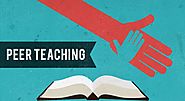
Students who engage in effective peer teaching perform higher on measures of academic achievement than students who do not. Find out more about the benefits of peer teaching and how to implement in your classroom in this article.
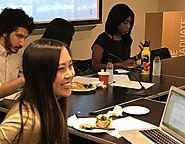
Overview: This post compiles two previous blogs from hastac.org (originally published in June 2015 and October 2017) and concludes with a bibliography of scholarship on active learning (or "radical pedagogy").
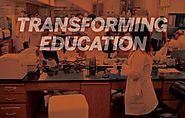
Maurie McInnis, executive vice president and provost at The University of Texas at Austin, shares her perspective on what inclusivity means to her, and why inclusive teaching and learning is an important, ongoing mission for all instructors at UT.
The Guide is organised around the six Principles for inclusive teaching. The Principles offer a broad, overarching framework which you can apply across all disciplines, student cohorts and modes of delivery. The strategy pages offer practical suggestions to support implementation of the Principles.
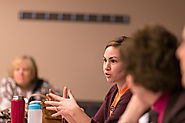
Classroom Assessment Techniques (commonly called CATs) are brief classroom activities designed to help shape and focus subsequent teaching based on students’ current understanding and ongoing learning needs. They are quick and easy ways to check how well students are learning course content that’s been recently covered. Moreover, they allow students to monitor—and quite possibly strengthen—their own learning.

There are numerous classroom assessment methods, but common to all is that they ask students to demonstrate or apply their knowledge. Use a variety of assessment methods to enable students to best demonstrate their understanding. Selecting the assessments you employ in your class is an important consideration; research indicates that the types of assessment instructors use impact what, how, and how much students study, as well as how they participate in course activities. The following provides information about a few common assessment methods for you to consider using in your class to assess student learning and the effectiveness of your lectures.
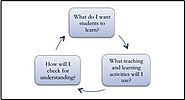
A lesson plan is the instructor’s road map of what students need to learn and how it will be done effectively during the class time. Before you plan your lesson, you will first need to identify the learning objectives for the class meeting. Then, you can design appropriate learning activities and develop strategies to obtain feedback on student learning. A successful lesson plan addresses and integrates these three key components:
Evidence based teaching strategies have a far larger effect on student results than others do. Discover the top ten, evidence based teaching strategies in this article.

"Effective teaching is not a set of generic practices, but instead is a set of context-driven decisions about teaching. Effective teachers do not use the same set of practices for every lesson . . . Instead, what effective teachers do is constantly reflect about their work, observe whether students are learning or not, and, then adjust their practice accordingly (Glickman, 1991, p. 6).

Quality teaching is widely acknowledge as being a key determinant of variation in student achievement (Wenglinsky, 2000). Concomitantly, stud...